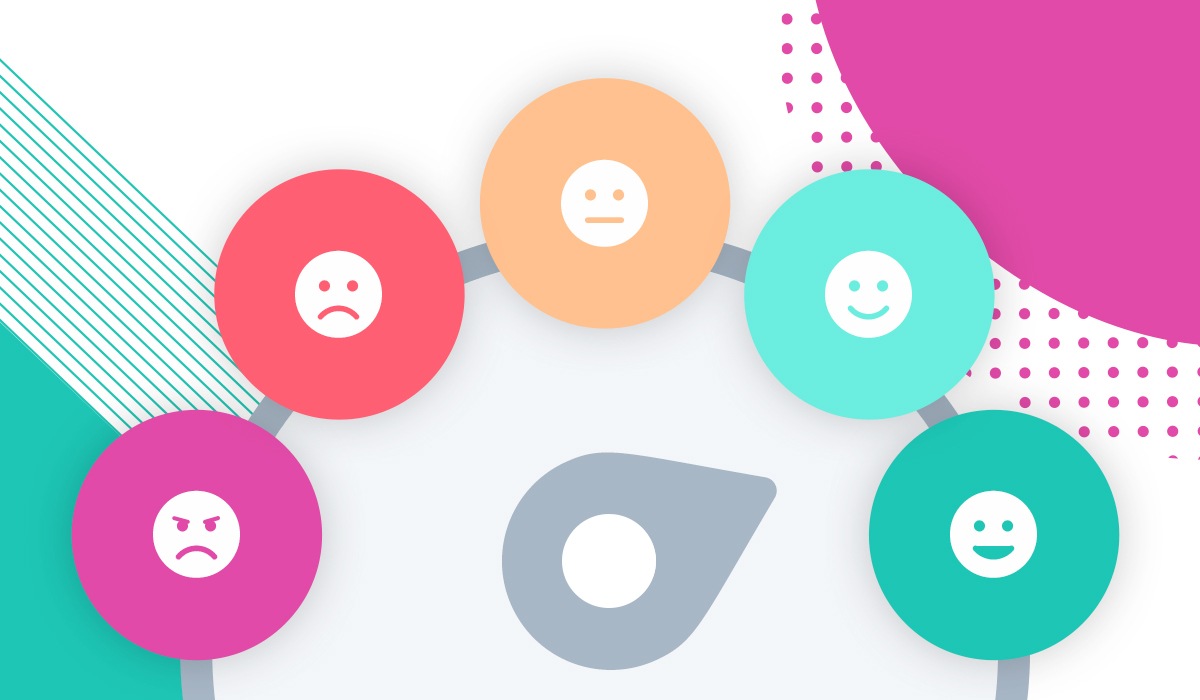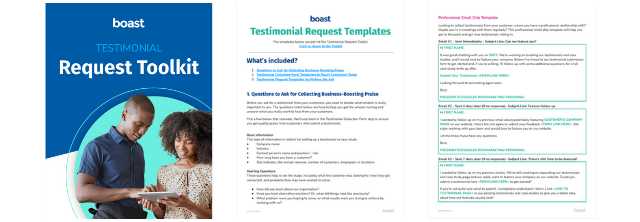Have you ever received an email from a colleague, but you weren’t sure how to interpret the emotion or tone in the words they shared? Identifying the sentiment behind text can be challenging. This is especially true for online customer reviews, social media posts, and email communication. To best understand the emotional connection between your business and customers, you need to use customer sentiment analysis.
In marketing, customer sentiment analysis helps you understand your audience qualitatively. When you know how your customers feel about your business, you can use the data to improve customer service, products, and more. This blog will dive into what customer sentiment analysis is, the benefits, and how to use it in your marketing strategy.
What is Customer Sentiment Analysis?
Customer sentiment analysis is the process of discovering the emotional connection your customers have with your product, service, or brand. This process can be automated using algorithms to detect how your customers feel about your brand, and if their response is positive or negative.
These algorithms are automated through machine learning and natural language processing (NLP) – both branches of AI. Machine learning uses linguistic rules to determine what your customers say about your brand. Natural Language Processing can understand the text and spoken words similar to how human beings can.
A sentiment analysis tool analyzes text to determine the tone, intent, and emotion in a message. The results often categorize messages by magnitude and polarity.
Magnitude is when the algorithm determines how strong customer emotions are.
Polarity indicates when a customer’s emotion is positive, negative, or neutral.
What are the Benefits of Customer Sentiment Analysis?
When you know how your customers feel about your brand, you can create a better experience. Here are some of the benefits that come from using customer sentiment analysis:
- Enhanced customer service experiences
- Increased ROI
- Understanding your audience
- Improvements to your products/services
- Optimized Marketing Techniques
- Brand Management
Analyzing your customer sentiment can provide your business with the insights it needs to thrive. Let’s take a look at some ways to analyze customer sentiment regarding marketing.
Featured Resource: Testimonial Request Email Templates
Download the Testimonial Request Toolkit
Customer Sentiment Analysis in Marketing
As a marketer, understanding your audience is vital. The best way to know how your customers feel about your brand is to analyze their sentiment. There are multiple approaches to how you can do this. We’ve outlined some options below that you may want to consider implementing for your business.
Monitor Social Media
Customers often turn to social media to share their thoughts about a brand. It’s a simple way for customers to express their positive or negative experiences with their friends and family.
Word travels fast on social media – this is especially true for negative comments and posts. Social listening is essential to monitor your social media channels. Through social listening, you can collect comments and posts that mention your brand and respond accordingly. This also includes reviews on social sites like Facebook.
It’s estimated that 83% of consumers who comment or complain on social media expect a response the same day – 18% want it immediately. Now, it may be challenging to monitor your channels 24/7, but there are tools available to do this for you.
One social media monitoring tool to consider is Hootsuite. They offer an all-in-one platform to manage and monitor your social media channels. Their analytics tool provides the ability to categorize sentiment based on polarization (positive, negative, or neutral) and by emotion or tone (contentment/gratitude, fear/uneasiness, etc.).
Capture Feedback From Your Customers
You likely have a direct point of contact with your customers through email, live chat, or a phone number. You can use these communication channels to send out surveys to understand your customers better.
We recommend using the Net Promoter Score℠ (NPS®) survey to gain insights into your customers’ feelings towards your product or service. The NPS will place customers into three categories: promotor, passives, and detractors. A Promotor indicates the customer is happy with your brand, whereas a detractor is an unsatisfied customer.
Using surveys to gauge how your customers feel about your brand is an excellent place to start. There are many NPS Software Tools available to help you automate this process.



